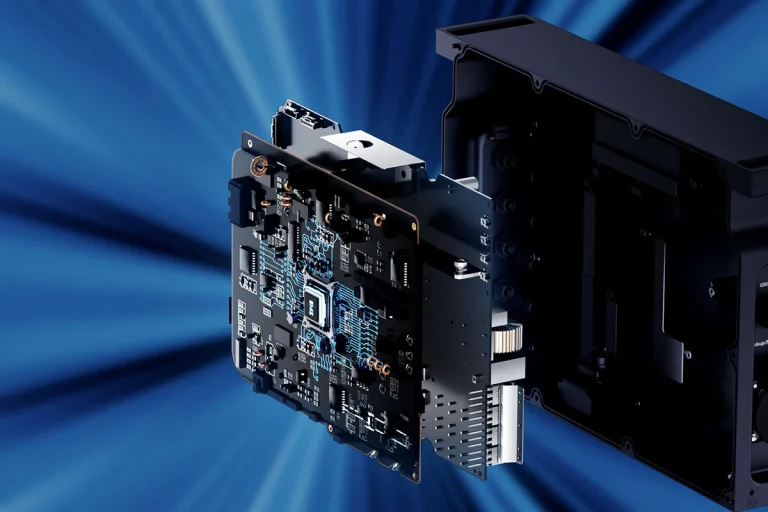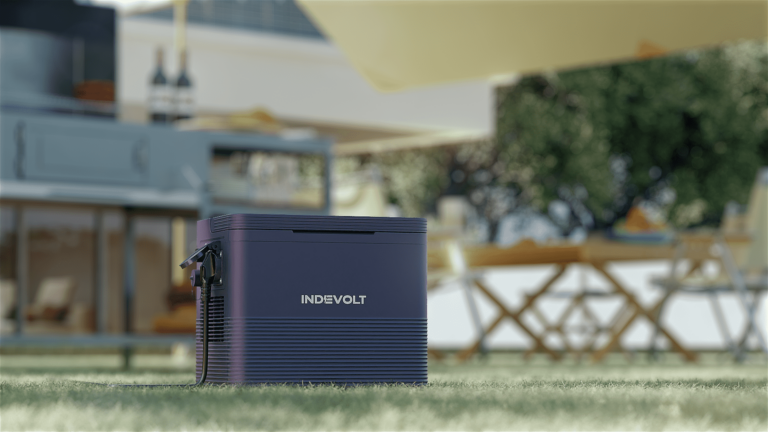How to prevent fires in your balcony solar power system with storage
With the growing popularity of solar power and home storage systems, fire safety is becoming an increasingly important focus for homeowners. Understanding potential risks and taking the right precautionary measures is crucial to protecting your family and property. This guide provides important safety tips.
Understand the causes of system fires
The fire risk in a solar storage system primarily stems from the properties of lithium-ion batteries. Under certain conditions, a battery can undergo thermal runaway – a chain reaction that generates extreme heat – and cause a fire. While modern systems have several protective mechanisms, you should still be aware of the following risks:
- Improper installation: Faulty wiring or cables that are too thin can lead to overheating or short circuits.
- Physical damage: Impacts, falls, or hard knocks during handling can damage the internal structure (e.g., the separator) and cause an internal short circuit.
- Environmental factors: Prolonged direct sunlight or insufficient ventilation can cause the battery temperature to rise beyond the safe operating range (ideal: 10–25 °C) and increase the risk of thermal runaway.
- Failure of the battery management system (BMS): A defective BMS can lead to overcharging or deep discharging, thereby endangering the chemical stability of the battery.
- Poor device quality: The use of uncertified or inferior components is risky, as temperature controls and overheating protection may be inadequate.
A particularly safe approach is the use of semi-solid LiFePO₄ batteries, which significantly reduce the risk of fires due to their special cell chemistry and design, setting new standards in terms of safety.
Choose a safe installation location
The location of your system has a direct impact on safety, efficiency, and lifespan. The right environment is the first critical step to minimizing fire and corrosion risks.
Recommended locations:
- A well-ventilated basement or a dedicated utility room with a stable temperature (ideal: 10–25 °C).
- A separate, fire-resistant room.
- A weather-protected, certified outdoor enclosure that provides both physical protection and environmental shielding. Note: Direct exposure to weather (rain, snow, extreme temperatures) is generally not recommended, as it can significantly compromise safety and lifespan. If outdoor installation is necessary, a manufacturer-approved enclosure with an appropriate IP rating must be used, and installation guidelines must be strictly followed.
- An area away from main living spaces, free of flammable materials, and easily accessible for maintenance and inspection.
Locations to avoid:
- Near heat sources such as heaters, boilers, or tanks.
- In closed, unventilated rooms without temperature monitoring.
- In living areas such as living rooms or bedrooms.
Key safety measures
Follow these principles during installation and operation to minimize risks:
- Professional Installation: Essential. Installation must be carried out by a qualified electrical contractor with appropriate certification (e.g., in accordance with VDE standards) to ensure correct and safe connections. This also includes adhering to the manufacturer’s guidelines on spacing. For example, the battery system should be installed as close as possible to the inverter (usually a few meters) to avoid power loss and ensure safe energy transmission.
- Maintain Clearances: Keep the area around the device—especially ventilation openings—clear. Observe the minimum distances from walls, ceilings, and other objects (particularly flammable materials) as specified by the manufacturer.
- Control Temperature: Place the system in a cool, well-ventilated room to avoid extreme temperature fluctuations.
- Protect Against Moisture: The installation area must be protected from rain, snow, and moisture to prevent corrosion and short circuits.
- Perform Regular Checks: Follow the manufacturer’s guidelines for inspecting electrical connections, checking for physical damage, and monitoring BMS (Battery Management System) alerts.
- Use Monitoring Systems: Activate all available remote monitoring functions to receive real-time status updates and immediate warnings in case of issues.
Choose a safe energy storage battery
With proper installation and maintenance, the overall risk is low. When selecting a battery, you should prioritize products that meet relevant European and German safety standards, such as:
- VDE-AR-E 2510-50: German application regulation for stationary energy storage systems.
- IEC 62619: International standard for safety requirements for lithium-ion cells and batteries in stationary applications.
- IEC 62933: International standard for the safety of stationary energy storage systems.
- CE Marking: Mandatory in the EU, confirming compliance with European safety directives.
Our Recommendation: Only choose reputable manufacturers whose products are proven to meet these safety standards. An example is the Indevolt SolidFlex 2000 – a semi-solid LiFePO₄ balcony solar power system with storage, which is particularly safe, scalable, and optimized for home storage use. Using uncertified or unknown devices significantly increases the risk.
What to do in case of a fire
Even though the probability of a fire is very low, it is important to be prepared:
- Immediately call the emergency number 112: Clearly state that the fire involves a storage system in the house and provide the exact location.
- Turn off the power (only if safely possible): If there is no risk, operate the AC and DC disconnectors to separate the batteries from the grid and solar modules.
- Evacuate immediately: Get all people out of the building. Close doors and windows when leaving to slow the spread of the fire and smoke.
- Do not attempt to extinguish the fire yourself: Lithium-ion fires release toxic, dangerous gases. Trying to extinguish them with water can be extremely hazardous, as it may trigger violent reactions and the formation of flammable hydrogen. Firefighting is the exclusive responsibility of the fire department.
- Inform the fire department: Once you are in a safe place, tell the emergency responders the location and type of battery.





